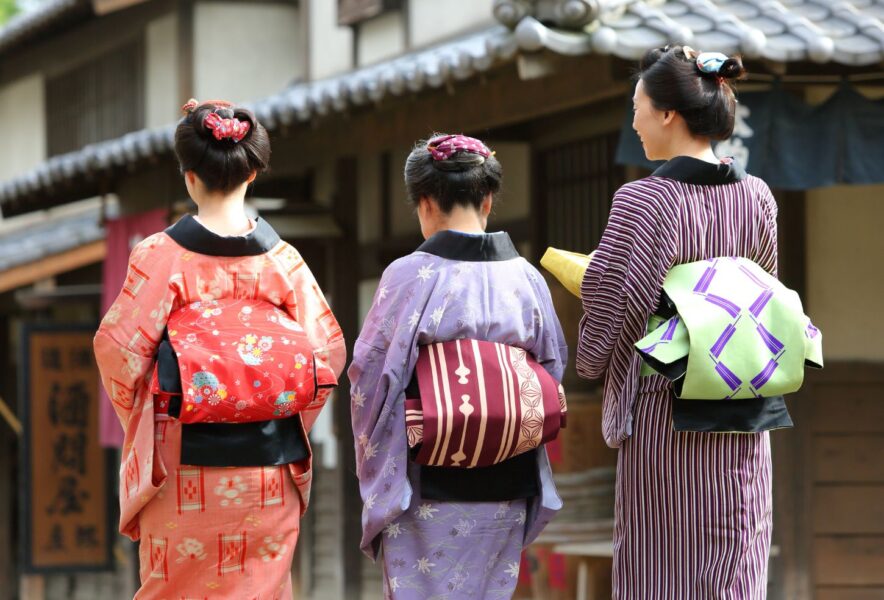Tokyo is a city where modernity and tradition coexist, with its roots tracing back to the Edo Period (1603-1868). During this era, known then as Edo, the city flourished under the Tokugawa shogunate and became a vibrant hub for culture, art, and commerce. Even today, Tokyo is filled with remnants of this rich past, hidden among the skyscrapers and bustling streets.
This guide will take you on a journey through some of Tokyo’s best-preserved Edo period sites, showcasing the craftsmanship, culture, and history that have endured through centuries.
Introduction to Tokyo’s Edo Period
The Edo Period was a time of political stability and cultural development in Japan. While Edo (modern Tokyo) was the seat of power, it also became a thriving center for artisans, merchants, and samurai. Today, you can still experience the legacy of this period through the city’s historical landmarks, traditional crafts, and neighborhoods that retain the essence of Edo life.
Whether you’re a history enthusiast or someone looking to explore Tokyo’s rich cultural heritage, these spots offer a window into the past.
Must-Visit Edo Period Historical Sites in Tokyo
Senso-ji Temple, Asakusa
Senso-ji Temple in Asakusa is one of Tokyo’s oldest and most iconic temples. While the temple was founded in 645 AD, much of its current form reflects the Edo period. The grand red gate and bustling Nakamise shopping street leading to the temple have drawn visitors for centuries. As you walk through the temple grounds, you’ll get a sense of the spiritual and historical significance of the site.
Hama-rikyu Gardens
Hama-rikyu Gardens, a former feudal lord’s garden, was once a detached palace for the Tokugawa shoguns. The gardens are a beautiful blend of Japanese and Western landscaping styles, offering a peaceful escape in the heart of the city. Visitors can also enjoy matcha tea at the teahouse overlooking a tranquil pond.
Yanaka District
Yanaka is a quiet district that has preserved much of its old Edo charm. Unlike most of Tokyo, Yanaka escaped large-scale modernization, and its streets, temples, and old wooden houses reflect the city’s past. It’s an ideal place to wander and experience the authentic atmosphere of Edo period Tokyo.
Exploring Samurai Culture in Tokyo
Though the samurai era may seem distant, traces of this warrior class can still be found in Tokyo. Two locations where you can explore the samurai spirit are Katsushika Hachiman Shrine and Yasukuni Shrine.
Katsushika Hachiman Shrine
Located in a quieter part of the city, Katsushika Hachiman Shrine was historically associated with samurai rituals. The peaceful grounds allow visitors to reflect on the disciplined and spiritual lives of the samurai, offering a rare glimpse into their past.
Visit Katsushika Hachiman Shrine
Yasukuni Shrine
Yasukuni Shrine, known for honoring Japan’s war dead, also enshrines many samurai. The Yushukan Museum on the premises showcases Japan’s military history, including the era of the samurai, providing a deeper understanding of their role in shaping Japan’s history.
Traditional Crafts and Arts from the Edo Period
The Edo period wasn’t just a time of political power—it was also a period of flourishing arts and crafts. Two traditional art forms that have endured are Ukiyo-e and Edo Kiriko. Visitors today can see these crafts firsthand or even try their hand at creating them.
Ukiyo-e and the Sumida Hokusai Museum
Ukiyo-e, or woodblock prints, became highly popular during the Edo period, with Hokusai being one of the most famous artists of this genre. The Sumida Hokusai Museum offers a collection of Hokusai’s works, including the iconic “The Great Wave off Kanagawa.” It’s an essential stop for anyone interested in Edo-period art.
Edo Kiriko – Cut Glass Workshop
Edo Kiriko, a traditional glass-cutting technique that dates back to the Edo period, is still practiced by skilled artisans in Tokyo today. Some workshops allow visitors to experience the delicate craft firsthand, offering the chance to create a unique piece of their own.
Hidden Edo Period Gems: Beyond the Popular Tourist Spots
Beyond the well-known attractions, Tokyo is home to several lesser-known spots that offer a quieter, more intimate connection to its Edo past.
Kyu-Iwasaki-tei Garden
Kyu-Iwasaki-tei Garden, built after the Edo period, is a former samurai residence that belonged to the Iwasaki family, founders of Mitsubishi. The blend of Western and Japanese architectural styles makes it a unique historical site in Tokyo, with its beautiful house and peaceful garden providing a quiet escape from the bustling city.
Shibamata and Taishakuten Temple
Shibamata is a nostalgic neighborhood that feels frozen in time. With its old-style shops and traditional buildings, it offers a glimpse of life during the Edo period. Taishakuten Temple, the main attraction, is a beautifully preserved temple that provides a peaceful respite from the city’s busier tourist spots.
Visit Shibamata Taishakuten Temple
Conclusion: Tokyo’s Timeless Edo Charm
Tokyo may be a bustling metropolis, but its Edo roots are still deeply embedded in its culture and landscape. Whether you’re drawn to samurai history, traditional arts, or the quieter, more historic parts of the city, exploring these Edo-period gems will offer you a deeper understanding of Tokyo’s rich past.
Take the time to wander off the beaten path and experience the timeless charm of Edo-era Tokyo.

Comment